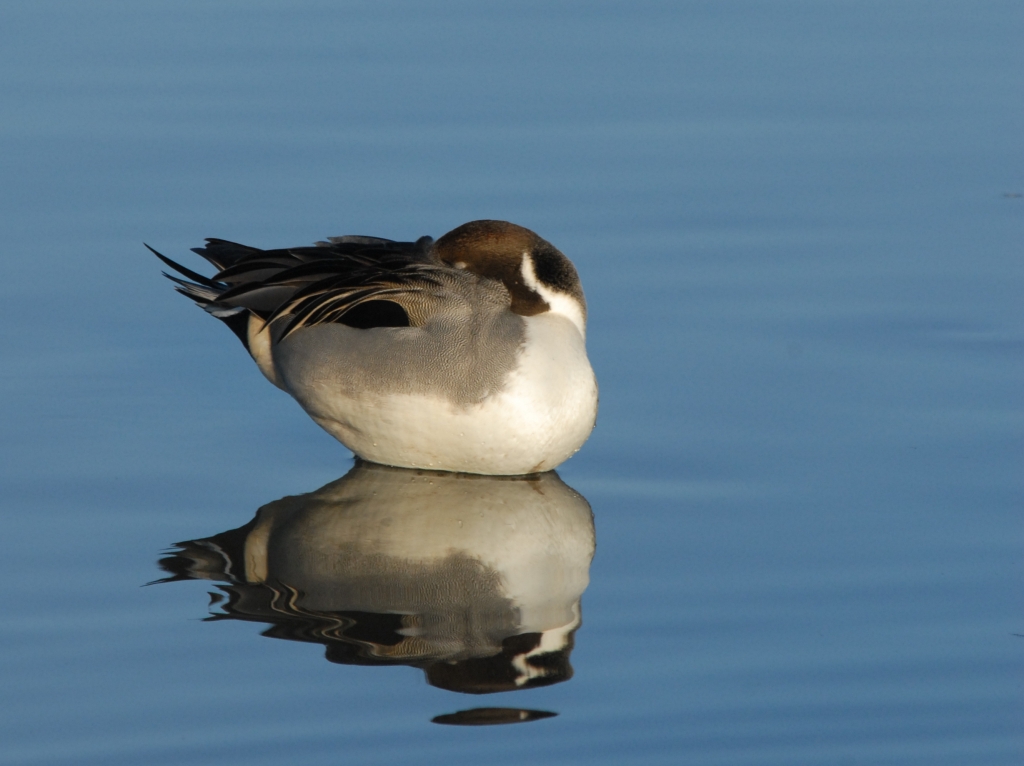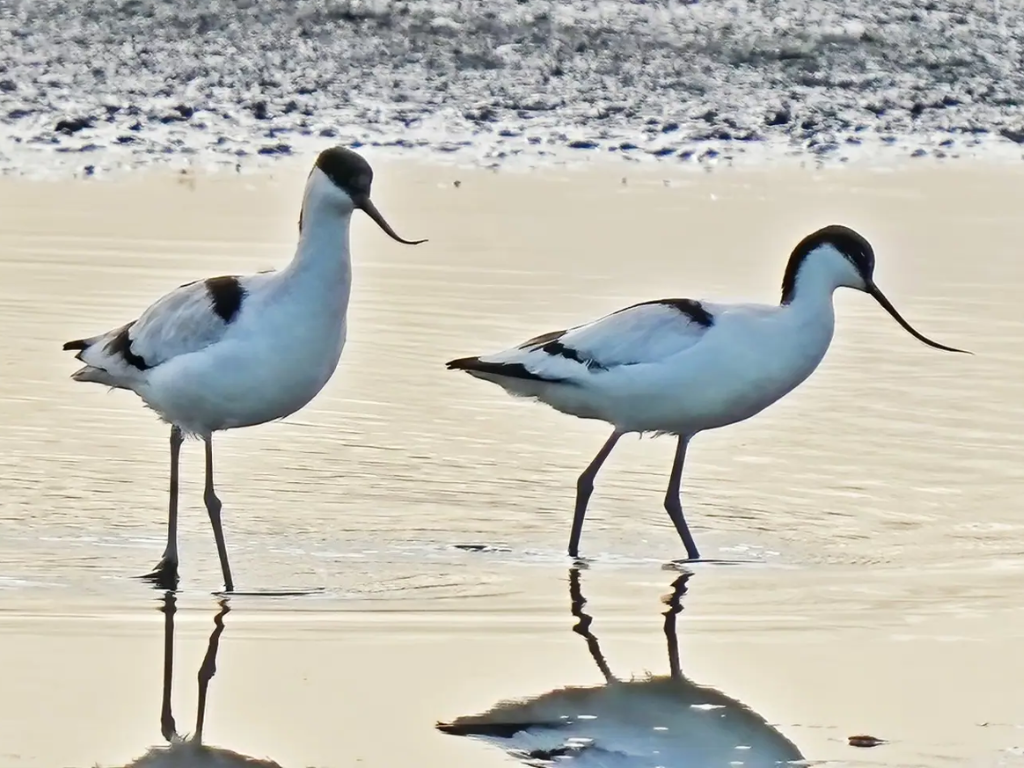Recent Sightings 1st - 7th January
Highlights: Curlew, Thrush, Red Kite, Glossy Ibis
The New Year at WWT Llanelli was greeted with our massively successful Tick and Twitch event, mild conditions despite a windy December, and already sightings of around 80 different species of birds on our reserve, setting 2022 off to a spectacular start.
Millennium Wetlands
Having passed the Winter Solstice in December the daylight is now starting to extend ever so slightly into the evenings and these gradual changes have already been acknowledged by the Song Thrush population of the Millennium Wetlands. They're seated in particular points throughout the reserve, one being just outside of the Heron's Wing hide, where they've been singing from sunrise until sunset. Their song is worth setting aside some time in the day to stop and listen to, as they jump through set pieces and repeat them note for note, ensuring they've been heard.
Those who have been in the centre toward the end of December will have noticed a sighting of a Glossy Ibis having been registered on our sightings boards throughout the reserve. With a Black Curlew-esque silhouette these birds are a rare treat for the area but their population locally is ever increasing with smaller groups of around 5 spotted further down the estuary, meaning that another sighting in the coming weeks is growing ever more likely.
On the morning of the 7th, two Red Kites were swirling above the Deep Water Lake being harassed by corvids but were nonetheless unphased by them, catching the breeze as a testament to their namesake.
In addition to these we've consistent populations of Shoveller, Mallard, Gadwall, Teal, Heron, Lapwing, Godwit, and the occasional Wigeon.
Those of you who've visited the Fresh Water Lagoon will notice that the work there was finished over the Christmas period and over the next few months we're eagerly anticipating the interest and attention of ducks, waders, and the emergence of different types of wetland flora. So over the next few weeks and months, be sure to check in and look for what will choose to make the lagoon their home.
In tune with the works being completed on the Freshwater Lagoon, the construction work on the Saline Lagoons' sluices was also finalised this Monday. This ensures that our Water Level Control is at its best operationally and that the new sluices will be able to withstand the coastal weather and water erosion for decades to come.
British Steel Hide
This week, the Saline Lagoon and Dafen Scrapes has provided us with high numbers of waders and the British Steel Hide in particular has allowed clear views of birds travelling down the estuary. This morning's example was a Great Crested Grebe skimming the tops of the waves on the Gower, before disappearing out of view.
The weather this week has been rather mild, but Thursday was met by a high tide, high winds and heavy rain so the sensible choice for the birds exposed to the elements was to stay put which meant for us, a great opportunity to count.
The notable numbers we had were 92 Lapwing, 10 Spoonbills, 24 Redshank, 167 Black-tailed Godwit and a great number of 378 Curlew choosing to browse the banks and stay put until the clouds broke in the early evening.
If our Curlew can't be seen, they can definitely be heard with a recognisable 'cur-lee' that often originates from their populations on sand bars, beaches, moorland, and in open fields through from the early mornings to dusky evenings. Being able to see such a large flock of Curlew is an exceptional sight as the bird has a Red Listed UK Conservation status, and areas like the Saline Lagoon provide a much needed net of safety for them to rest and refuel whenever they need be.


